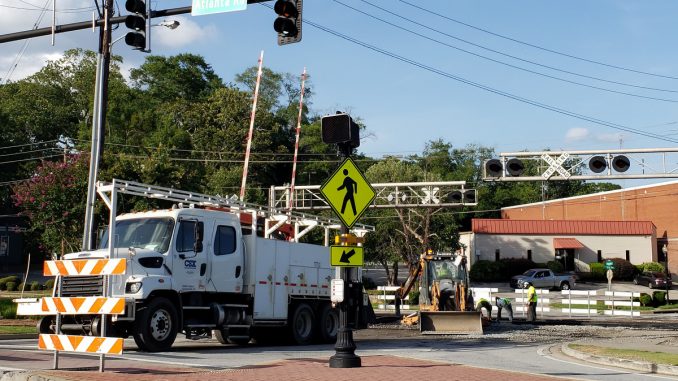
Railroads could soon use ultrasonic inspection technology, augmented with global positioning system (GPS) technology, to employ continuous rail testing, according to a final rule the Federal Railroad Administration (FRA) has submitted to the Federal Register.
Proponents contend the updated regulations will improve safety by making it easier for railroads to test rail more frequently and to identify and repair internal rail flaws before conditions degrade safety.
“This rule will allow railroads to use the latest technology to continually monitor safety, which is a big step forward in strengthening safety and reliability on our nation’s railroads,” U.S. Transportation Secretary Elaine L. Chao said in a news release.
This regulatory reform allows rail testing vehicles to move without stopping along the track, potentially decreasing passenger and freight train delays associated with routine inspections, officials said.
Fast-developing technologies challenge regulators to craft and revise regulations that help ensure public safety, while allowing railroads to test and implement innovative inspection methods.
“Transportation Secretary Elaine L. Chao is a strong advocate for safety through innovation, and these modernized standards will allow railroads to implement innovative inspection methods without the burden of applying for individual waivers with well-established safety records,” FRA Administrator Ronald L. Batory said in a news release.
FRA has issued waivers for the past 10 years, allowing larger railroads to develop and utilize this technology, and the updated standards are consistent with the state of the practice.
Between May 2019 and May 2020, there has been a 27 percent reduction in broken rail-caused train accidents, which is largely attributable to this new technology. Providing all railroads the option of using this technology presents an opportunity to improve the industry’s overall safety record.

